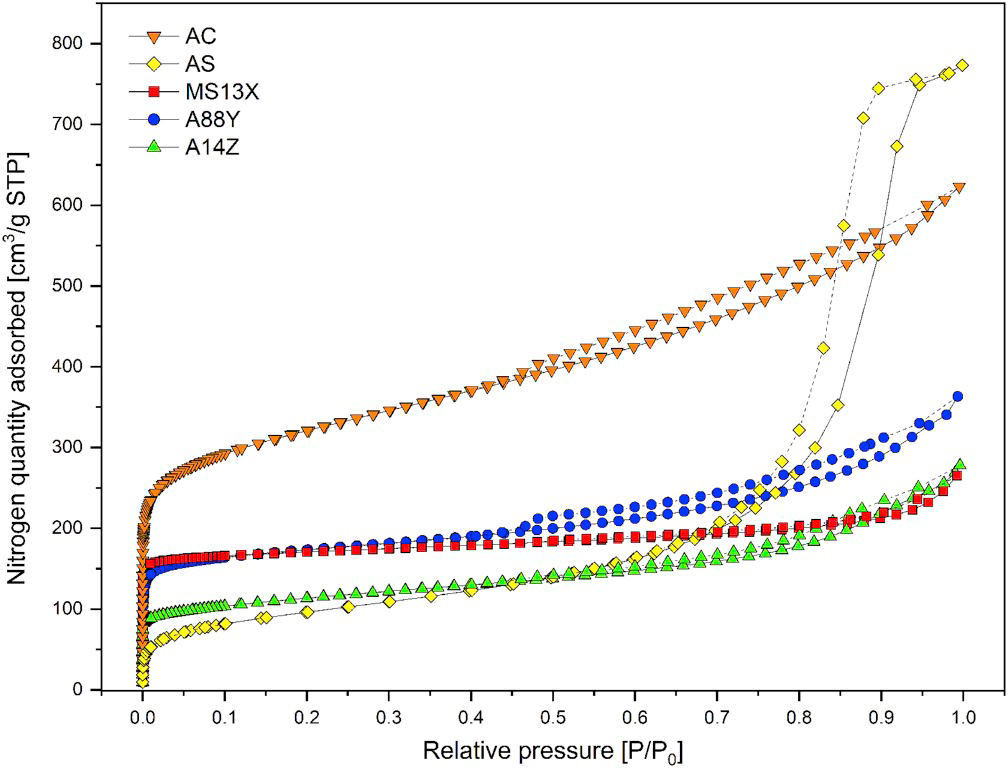- October 15, 2021
- Posted by: M. Sadegh Riasi
- Category: Research News

Adsorption of volatile organic compounds by industrial porous materials: Impact of relative humidity
Elwin Hunter-Sellars, J.J. Tee, Ivan P. Parkin, Daryl R. Williams

A B S T R A C T: In this study, the adsorption of several classes of volatile organic compounds by materials with a range of pore size distributions and chemistries were assessed gravimetrically in both dry and wet carrier gas conditions. Measurements carried out at room temperature, and a range of relative humidity values (RH) from 0 to 70%, reflected real-world conditions similar to those of indoor air. Dry removal performance appeared to be dependent on the surface area of adsorbents and, for polar compounds, the relative hydrophobicity of the material. Performance of sorbents with hydrophilic surface chemistry, such as silica gel and molecular sieve 13X, decreased drastically with small increases in pre-exposed humidity. Activated charcoal and high-silica faujasite Y retained their capacities for toluene in relative humidities up to 50% and 70% respectively, with their selectivity for nonpolar species credited to hydrophobic pore structure and low water vapour uptake. These conclusions help to emphasise the importance of process humidity as a key parameter when designing or selecting adsorbents in realistic process conditions. Additionally, the methods used in this study provide a simple and reproducible way of testing porous materials for applications requiring or involving high levels of relative humidity.
Microporous and Mesoporous Materials, 298 (2020)
Explore this study in more detail with this recorded webinar
